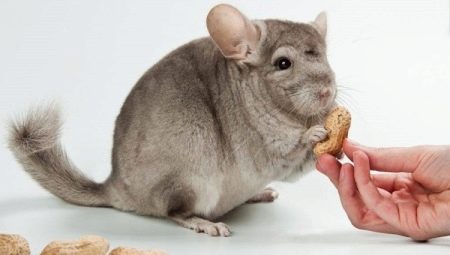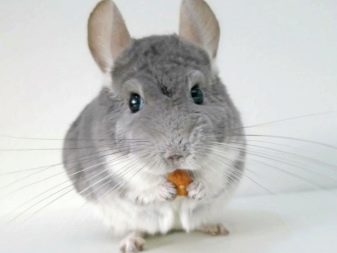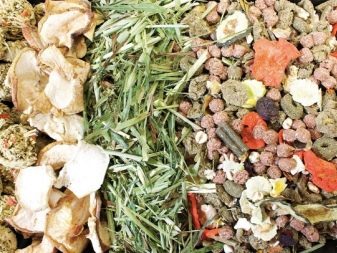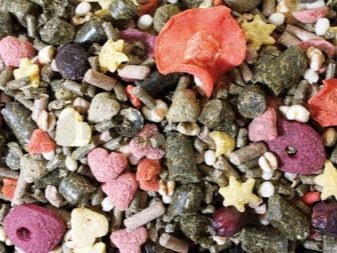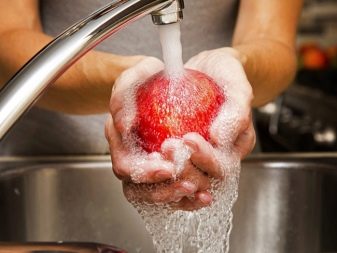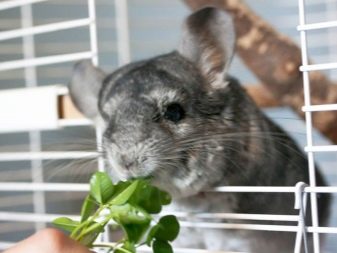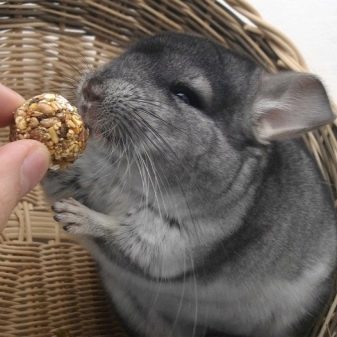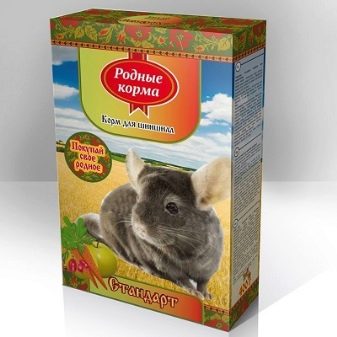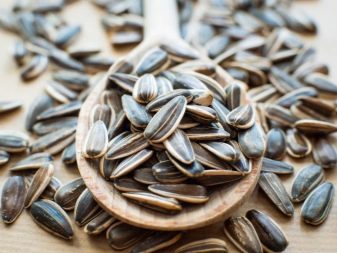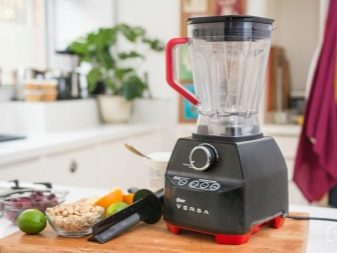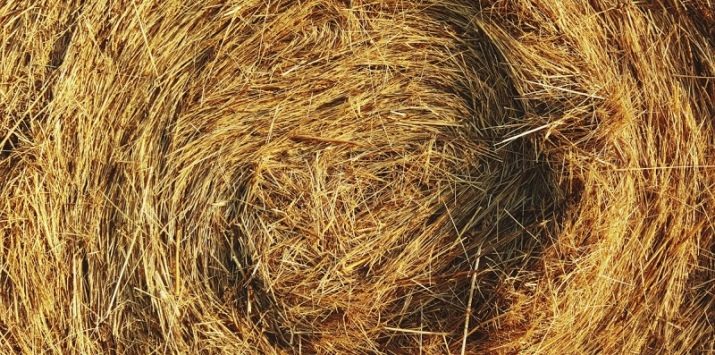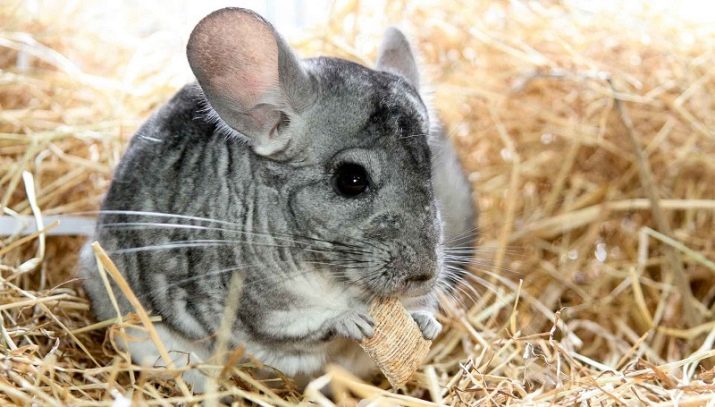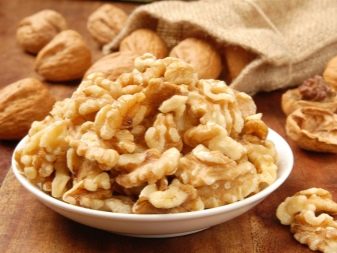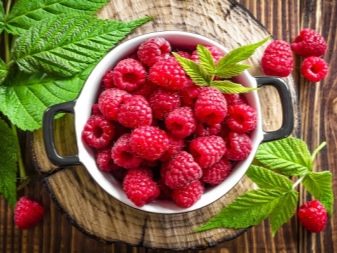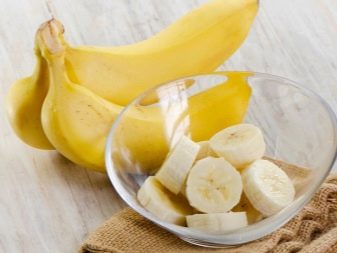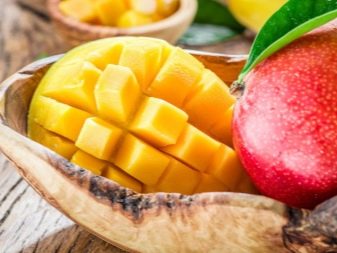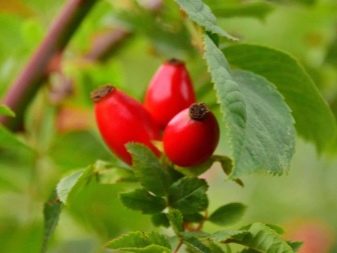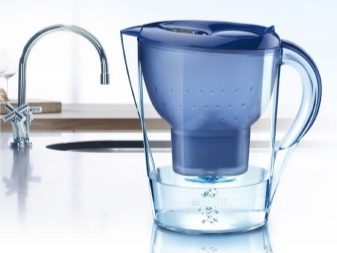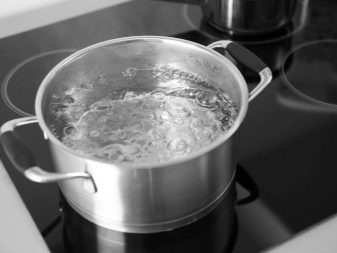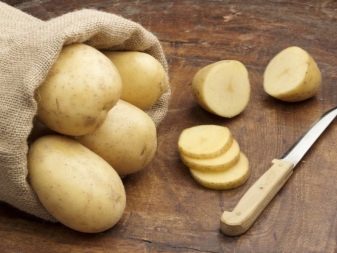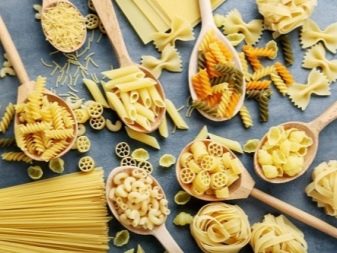Chinchilla is a friendly and beloved by many animals from the detachment of chinchilla. You can meet him quite rarely, however, these animals are considered very intelligent and playful. A good and balanced diet plays a significant role in the good mood of the animal, so today we will talk about what it is worth and not worth feeding the chinchilla.
Features
In terms of nutrition, chinchilla is an exceptional vegetarian - the entire diet of the animal consists of plant foods. This pet is extremely picky about the quality of food, prone to selectively dividing it into tasty or tasteless. Food for this animal should consist exclusively of fresh, full of vitamins and minerals food. There should be no mildew or smell of staleness. Grass for feeding animals going exclusively in ecologically clean places, in remoteness from factories, plants and the roadway.
Feeding adults is carried out only once a day in the evening, young individuals - up to 2-3 times. The feeder for food should be large, comfortable, where the animal could easily have access.
When feeding chinchillas, it is worth monitoring the amount of food provided. Not only do these animals have no idea of the sense of proportion, they also have a very capricious and weak digestive system, which can be damaged by overeating.
Particular attention should be paid to the processing of fruits and vegetables before feeding them to the animal. Each fruit should be thoroughly rinsed with filtered water and dried.. Then cut into small slices so that the animal can calmly nibble them. After the animal is saturated, immediately clean the cage from residues so that the products do not deteriorate and do not harm the hungry animal in the future.
Some breeders prefer to give exclusively chinchilla feed to young bones for the formation of bones and gain strength. Also, feed is often given in cold seasons when there is no opportunity to purchase fresh hay.
To the animal then accustomed to the greens and juicy food, it is necessary to start over with small portions, increasing them every day.
The approximate diet of an adult chinchilla per day should be as follows:
- 2-3 teaspoons of feed;
- 5-10 grams of fresh green fodder;
- 30-40 grams of hay;
- supplementary products in the form of additional food - up to 7 grams;
- water - in unlimited quantities.
Stern
It is necessary to understand the composition of the feed, which will have a beneficial effect on your pet. Each composition must contain the nutrients and minerals necessary for the healthy functioning of the animal.
The secret to feeding chinchillas is that the food should not be so diverse (one should not give the animal the same food all the time), but rather a balanced one.
You must strictly monitor the percentage of nutrients in the mixture.
The safest option for feeding a chinchilla is to make feed yourself. Only in this case you will be completely sure that it contains. In addition, despite its apparent usefulness, the feed must be balanced and take into account the percentage ratio of proteins and carbohydrates. The approximate ratio should be approximately as follows: up to 20% of proteins (herbs and cereals), 4-5% of fats (nuts, plant seeds), up to 55% of carbohydrates (leguminous plants) and fiber, certainly - 15% (hay).
In total, this feed consists of cereals and crushed plants. If you want to pamper your pet a little or diversify its diet. It is permissible to add seeds, nuts, dried fruits, special vitamins in strictly limited quantities.
To prepare such a feed, you will need the following ingredients:
- self-dried dried fruit - apples, raisins, pears, carrots;
- corn grains passed through a coffee grinder;
- a small proportion of nuts and seeds;
- vitamins and supplements to promote pet health;
- legumes (beans, peas);
- good help would be wheat, barley or oat grains.
Products should not be stagnant and covered with fungus, mold. There are cases when chinchillas refuse to eat food, preferring only certain tidbits. In this case, you can prepare for the animal special granules. To make the mixture homogeneous, the solid elements are ground in a blender or coffee grinder, then mixed and passed through a meat grinder with a mince nozzle. The granules are separated from each other, laid out on a baking sheet and placed in a warm place where they are dried.
In the cold seasons, chinchillas urgently need a variety in food, while it should be as full as possible with vitamins and minerals. The ideal option would be the alternate supply of vegetables and fruits with preservation in the diet of hay and proteins.
As for the weight and quantity of fruits in a meal, there should be no more than 25 grams per day, that is, it is about one small slice of pear, a circle of carrot or a piece of apple. If you do not have fresh fruits, you can add dried fruits to your diet, it will be even better. In the summer and late spring, it is worth gradually introducing green and cereal feeds into the diet.
You should not immediately transplant the animal from the granules and fruits to grass hay, this process should be gradual
Do they feed on hay?
For animals such as chinchilla, hay is part of a regular and vital diet. In addition, cushions and grass bedding will serve as the best resting place for your pet.
In grass hay there is an acutely needed fiber (derived from hard and fibrous herbs) for chinchillas, which is responsible for the digestion process. Without the necessary amount of fiber inhibited processes in the long intestine, because of which there may be stagnation in the digestive process. This process, with a negligent attitude toward caring for animals, often leads to fatal consequences.
Chinchilla breeders distinguish only two types of suitable hay for them: regular grass hay and alfalfa hay. The difference between these species is significant - in fresh alfalfa there is a greater amount of calories and protein. Such hay is usually given to young chinchillas or pregnant / lactating females to maintain and recuperate. Meanwhile, a quality herbal village is much more beneficial for the teeth of an animal. Both that and other type of hay can be got in the nearest pet-shop. Contact only verified vendors who intentionally grow hay for animals, and not harvested it from the nearest meadow.
In the natural environment, most of the chinchilla diet consists of hay, the rest is occupied by fruits, vegetables, and some roots. When preparing their diet, keep the following percentage: 80-85% of hay, 10-12% of granules and 2% of vegetables and fruits. It is in this form that the feed will be as close as possible to the natural diet, and therefore, it is the most useful.
Tips for choosing and harvesting hay.
- When self-harvesting hay, carefully make sure that it does not get lost dangerous for animal varieties of plants and poisonous herbs / roots. Particular attention should be paid to horsetail, the "crow's eye" and buttercup. Even a minimal dose of these plants can lead to the death of your animal.
- After buying the hay in the store or with your hands, make sure to warm it at home in a microwave or oven at the minimum temperature or power. So you save hay from bacteria, fungi and parasites.
- True signs of good hay: a fresh look, no mold, a pleasant smell, herbal, without excess impurities, a healthy color (light green, green or pale green depending on the grass). Despite the freshness, hay should be dried and not wet, as this is a sign that it has begun to rot.
- There is a practice of buying special pressed pellets instead of natural hay. It is believed that they contain everything necessary for the healthy functioning of the body of the animal. The choice of such granules should be treated very carefully - sellers often like to add dust and chips to their composition for weight gain, but you can’t check their composition.
- Before feeding the hay, the animal should look at it for the absence of the usual thorns and finally dead stems.
The most suitable hay for chinchillas - containing legumes, for example, alfalfa, vetch, clover. It is best absorbed and contains a lot of necessary elements for the animal: protein, phosphorus, calcium. Such hay should be harvested at the time of the formation of the first full-fledged buds of the plant. Old and already decayed plants contain half as many substances useful for chinchilla.
A good replacement for the legume will be varieties of grass hay. These include such plants as Timothy known to everyone, fescue, bluegrass, hedgehog team. In this case, the hay should contain several herbs at once. But they contain far fewer nutrients. Chinchilla periodically needs to replace the diet and add new food to it. To feed this animal with the same grass or hay all year round is not worth it.
It is undesirable to harvest hay in areas where the following herbs grow: dope, henbane, cornflower, spurge, fern.
Do berries and nuts eat?
Chinchillas are incredible gourmets, especially when it comes to nuts and berries. The key problem of these products is that they need to be given in strictly limited quantities. Some berries - no more than 1 time per week. The nuts contain a huge amount of fat, which is harmful for any animal, especially as regards chinchillas. Particular attention should be paid to the number of nuts in the diet, like almonds, peanuts, hazelnuts, walnuts. They should serve as an additional food for the animal and provide it with essential proteins and fats, but should not be the main ration of the animal. In total, this should be no more than 2 nuts per week.
The same applies to the inclusion in the diet of animal berries. As a rule, they are used as sweets or when the body of an animal lacks some vitamins. In this case, you can give the animal 1-2 berries per week (wild rose or viburnum). This item does not apply to berries such as cherries and cherries, which are too high in acidity for chinchillas and can only be used in dried form. Famous sweet berries for chinchillas - figs, raspberries, strawberries.
Vegetables and fruits
The addition to the diet of the animal vegetables and fruits should also be treated with caution. Immediately it should be said that most of the fruits and vegetables are preferable for chinchillas in dried form (except carrots), because too juicy and fresh foods can lead to a breakdown of their intestines.
The list of vegetables that should be regularly added to the diet of the animal:
- cauliflower and Brussels sprouts, broccoli;
- carrot;
- cucumbers;
- chicory;
- dill, parsley, spinach, mint;
- turnip and radish;
- spinach;
- zucchini;
- green beans.
List of fruits suitable for feeding chinchilla:
- banana;
- apples;
- pineapples;
- apricots and dried apricots;
- melon;
- pears;
- papaya;
- mango.
All these fruits should be included in the menu as a dessert, and not make up more than half of the diet.
Vegetables such as cabbage, parsley or celery, because of the high calcium content should be included in the diet is extremely rare. It is better to refrain from adding citrus fruits (orange, lemon and mandarin).
Other goodies
Not all chinchilla products are necessarily harmful and useless. There are many nutritional and essential natural supplements, which will be discussed below. The clear advantage of all these herbs and berries is that they can be harvested on their own.
- Corn harmful to chinchilla only in excess quantities. 2-3 grains per day, and the feed of your animal will be enriched with potassium, magnesium and calcium.
- Consumption carrots favorably affects the cardiovascular system, improves eyesight, gives the fur coat of the animal a pleasant natural shine.
- Chinchillas love Kalina and plantain - These plants have a positive effect on the work of the digestive tract. But to include them in the diet should be very careful - no more than 1 thing (or 1 leaf) 1-2 times a week.
- Meadow clover has a good anti-inflammatory effect, is given in 2 pieces no more than 1 time per week.
- Weeping willow twigs contain a huge amount of vitamin C, but also do not overdo it with the dosage - it is permissible to give the animal no more than 1 small branch once a week.
- Have dog rose many different useful properties, so it should also be added to the diet 1 time per week for 1 thing.
Remember that if the animal is sick, self-practice is not recommended. Check with your veterinarian before adding a new plant or fruit to your diet.
Water
When growing chinchilla at home, especially without a certain experience, you should pay attention to such factors as regular drinking. For chinchillas there will be nothing more useful than ordinary decontaminated water with a minimum amount of chlorine. It is easy to understand that such water will be difficult to obtain from an ordinary tap. That is why before serving, it must be properly defended and then boiled to remove all harmful salts.
Absolutely all the processes of digestion in the body of the animal are only in the presence of a sufficient amount of fluid. This is especially true of young individuals who are just gaining strength. Over time, the need for a large amount of moisture disappears, with the right diet, the chinchilla will learn to get all the necessary water from those products that the owner offers.
If you do not want to worry about preparing water for chinchillas, you can buy in the store special filtered bottled water. It has no place for chlorine, or salts, or bacteria. However, do not buy mineral water or soda, nothing good for an animal from such water will not.
A big problem with water supply is its constant pollution to animals, which is why immediately eliminate any containers and feeders. The best drinker will be plastic vertical nipple drinkers, which let the water in when you press a special ball. Be sure to several times clearly show your pet how to supply water, and in the future, the pet will do everything on its own.
Do not leave water in the trough for more than two days She favorably on the body of chinchilla just will not affect. Water should be at room temperature - from 18 to 22 degrees Celsius. Always make sure that the animal has free access to fresh clean water.
With a lack of liquid, the animal will refuse dry food and may simply starve to death.
What can not feed?
There are a number of products that are not recommended to give chinchilla under any circumstances. These animals have an extremely sensitive digestive system, adapted only to strictly defined food. Garlic, onions, sprouted and raw potatoes, peppers (spicy varieties), legumes, tomatoes, lettuce leaves are contraindicated.
Corn, for example, in large quantities is likely to cause bloating, which is extremely dangerous for chinchillas. Tomatoes They have extremely high acidity that the chinchilla’s body will simply not be able to digest.
Avocados (given the huge fat content, this fruit is harmful to very many pets), lemons, grapefruits, oranges - Each of these products also has a high level of acidity. Peanuts, corn, hazelnuts, almonds, beans and beans - all this is given in strictly limited quantities.
Sweets are also prohibited - chocolate, foods high in sugar, sweets, rolls. Sugar has a detrimental effect on the body of any animal, and chinchilla is no exception.
Chinchillas are animals that prefer strictly vegetarian food. Buy for them only vegetable food. Any product containing meat or milk can lead to serious bowel problems and eventually death.
Contrary to popular belief, chinchillas also should not be given bakery products, as well as other flour products, the same applies to pasta, cereals. Do not give fried, boiled, pickled or salted products. This will surely lead to the death of your pet. Other products that are harmful to chinchillas are popcorn, common human food, chips, eggs, and mushrooms. Even for the sake of fun and in minimal quantities, none of this is highly recommended.
All products described above are harmful to your pet. They are rich in fats and harmful acids, from which an animal may develop obesity or intestinal problems. It often happens that it is harmful products become real treats for chinchillas. In this case, do not indulge the wishes of your pet, you need to uncompromisingly delete all these products from his diet.
If you like to let the chinchilla walk around the apartment, then do not forget to remove all the houseplants from the room. Eating such domestic flowers as azalea, begonia, ficus and oleander can lead to the death of the animal. These plants are extremely poisonous for chinchillas.
About how to feed chinchillas, see the following video.
